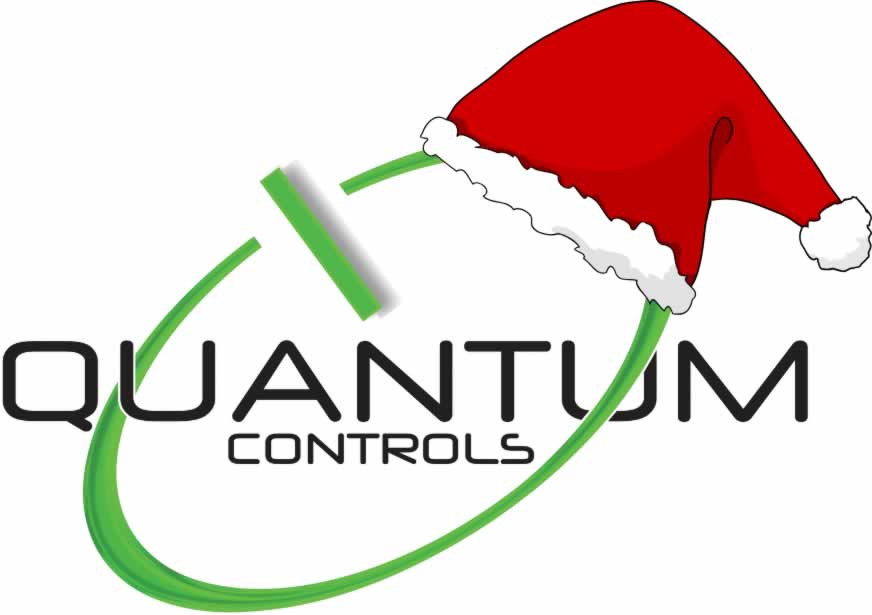What’s the difference between a non-regenerative DC drive and a regenerative DC drive?
DC DRIVE TYPES
Nonregenerative DC drives are the most conventional type In their most basic form they are able to control motor speed and torque in one direction only as shown by Quadrant I in Figure 1. The addition of an electromechanical (magnetic) armature reversing contactor or manual switch (units rated 2 HP or less) permits reversing the controller output polarity and therefore the direction of rotation of the motor armature as illustrated in Quadrant III. In both cases torque and rotational direction are the same.
Regenerative DC Drives adjustable speed drives, also known as four-quadrant drives, are capable of controlling not only the speed and direction of motor rotation, but also the direction of motor torque. This is illustrated by Figure 1.
The term regenerative describes the ability of the drive under braking conditions to convert the mechanical energy of the motor and connected load into electrical energy which is returned (or regenerated) to the AC power source.
When the drive is operating in Quadrants I and III, both motor rotation and torque are in the same direction and it functions as a conventional nonregenerative unit. The unique characteristics of a regenerative drive are apparent only in Quadrants II and IV. In these quadrants, the motor torque opposes the direction of motor rotation which provides a controlled braking or retarding force. A high performance regenerative drive, is able to switch rapidly from motoring to braking modes while simultaneously controlling the direction of motor rotation.
A regenerative DC drive is essentially two coordinated DC drives integrated within a common package. One drive operates in Quadrants I and IV, the other operates in Quadrants II and III. Sophisticated electronic control circuits provide interlocking between the two opposing drive sections for reliable control of the direction of motor torque and/or direction of rotation.
